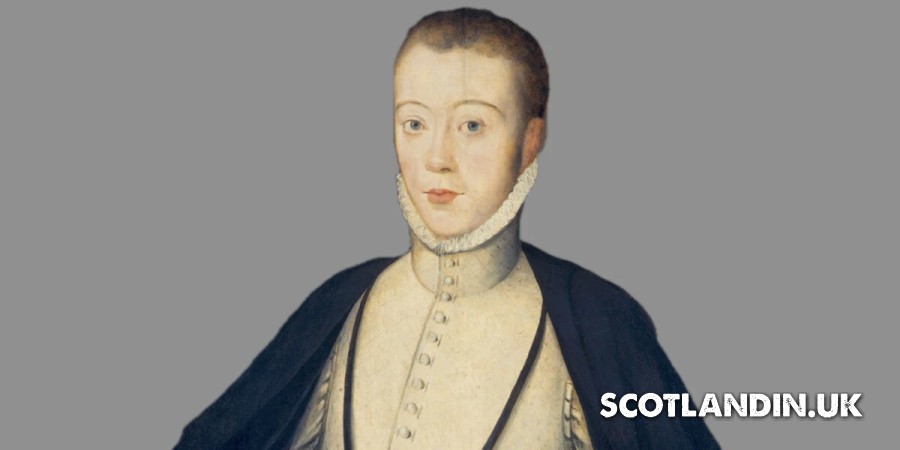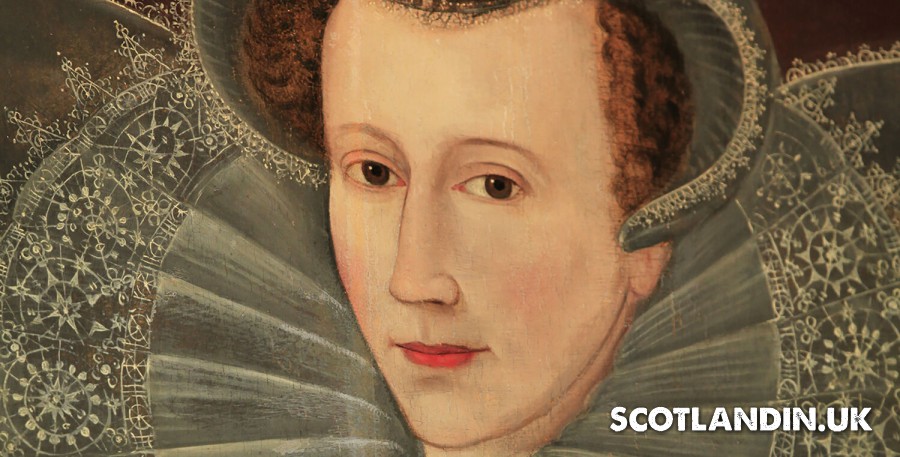
Lord Darnley, also known as Henry Stuart, played a significant role in Scottish history during his short reign as King Consort of Scotland. His reign, which lasted from 1565 to 1567, was marked by political intrigue, personal scandals, and ultimately, his tragic demise.
Lord Darnley and Queen Mary
Lord Darnley’s marriage to Mary, Queen of Scots, brought both opportunities and challenges, and his reign left a lasting impact on the Scottish monarchy.

Why is Mary, Queen of Scots so famous?. Mary, Queen of Scots, is a figure who captivates the imagination with her tumultuous life and dramatic reign.
During his reign, Lord Darnley exerted significant influence over Mary, Queen of Scots. As her husband, he held a position of power and authority, and many believed that he would serve as a stabilizing force in Scottish politics.
However, his reign was marred by internal conflicts and power struggles within the Scottish nobility. Darnley’s ambition and desire for more political control clashed with the interests of other influential figures, leading to tensions and divisions within the court.
How did Lord Darnley betray Mary, Queen of Scots?
Lord Darnley’s betrayal of Mary, Queen of Scots, is a complex and controversial topic in Scottish history. While there are differing opinions and interpretations, several key actions and events can be considered as acts of betrayal on Lord Darnley’s part.
One of the most significant betrayals was Darnley’s involvement in the murder of David Rizzio, Mary’s private secretary, in 1566. It is widely believed that Darnley, along with a group of disgruntled Scottish nobles, orchestrated the assassination to eliminate a perceived threat to their power and influence.
This act of violence not only shook the court but also strained Darnley’s relationship with Mary, as she became increasingly suspicious of his involvement.
Another betrayal by Lord Darnley was his betrayal of trust and loyalty within the marriage itself. Despite initially appearing as a devoted husband, Darnley’s ambitions for power and control led him to conspire against Mary and her supporters.
He sought to assert his authority and increase his influence over Scottish politics, often at the expense of Mary’s interests and the stability of the realm.
Furthermore, Lord Darnley’s actions following the murder of Rizzio demonstrated his lack of commitment to Mary and his willingness to align himself with those seeking to undermine her authority. He allied himself with the Protestant lords who opposed Mary’s rule, further isolating her politically and exacerbating the tensions within their marriage.
Why was Darnley unpopular in Scotland?
Lord Darnley, despite his initially favorable reception in Scotland, quickly fell out of favor and became unpopular for several reasons.
One of the main factors contributing to Darnley’s unpopularity was his arrogant and demanding demeanor. He displayed a sense of entitlement and a disregard for the opinions and concerns of others, which alienated him from the Scottish nobility and the general population.
His behavior was seen as disrespectful and indicative of his lack of understanding or appreciation for Scottish customs and traditions.
Furthermore, Darnley’s religious affiliations played a role in his unpopularity. As a staunch Catholic, he clashed with the predominantly Protestant Scottish nobles and clergy who feared a return to Catholic influence.
This created a rift between Darnley and the Protestant establishment, further isolating him and contributing to his unpopularity.
Darnley’s political ambitions also stirred resentment among the Scottish nobles. He sought to assert his authority and gain more power within the Scottish court, often at the expense of other influential figures.
His attempts to undermine the authority of others and position himself as a key player in Scottish politics were met with resistance and led to further animosity towards him.
Was Queen Mary in love with Lord Darnley?
Queen Mary, also known as Mary, Queen of Scots, had a complicated relationship with Lord Darnley, and it is debated whether she was truly in love with him or if their marriage was primarily driven by political considerations.
Initially, Mary’s decision to marry Darnley was influenced by political alliances and the desire to secure her claim to the English throne. Darnley, as a descendant of the English Tudor dynasty, was seen as a potential rival to Queen Elizabeth I. By marrying him, Mary hoped to strengthen her position and gain English support.
However, it is believed that Mary developed a genuine affection for Darnley early in their relationship. She referred to him as her “husband of choice” and enjoyed his company.
There are accounts that suggest Mary was initially infatuated with Darnley’s looks and charm, and she saw him as a potential partner who could provide her with companionship and emotional support.
Unfortunately, their marriage quickly deteriorated due to Darnley’s erratic behavior and infidelity. He proved to be a volatile and unreliable partner, leading to a breakdown in their relationship. Darnley’s involvement in the murder of Mary’s close advisor, David Rizzio, further strained their bond.
While there may have been genuine feelings of affection between Mary and Darnley at the beginning, their tumultuous marriage and Darnley’s betrayal ultimately led to Mary’s disillusionment and a growing distance between them.
When did Lord Darnley’s reign end?
Lord Darnley’s reign came to a dramatic end when he was found dead in mysterious circumstances at Kirk o’ Field in 1567. The circumstances surrounding his death remain the subject of speculation and debate to this day.
While some theories suggest that he was the victim of political assassination, others point to a more personal motive, with Darnley falling victim to a plot hatched by his wife and her supporters.
Regardless of the exact circumstances, Darnley’s death had far-reaching consequences for Scottish history and ultimately played a significant role in shaping the events that followed.
In conclusion, Lord Darnley’s reign as King Consort of Scotland was marked by political intrigue, personal scandals, and a tragic demise. His influence over Mary, Queen of Scots, brought both opportunities and challenges, ultimately leading to divisions within the court and culminating in his untimely death.
Lord Darnley’s reign remains a fascinating and pivotal chapter in Scottish history, representing a turbulent period of political and personal strife that would shape the future of the Scottish monarchy.